Bulbs
Flower Basics
Flower Beds & Specialty Gardens
Flower Garden
Garden Furniture
Garden Gnomes
Garden Seeds
Garden Sheds
Garden Statues
Garden Tools & Supplies
Gardening Basics
Green & Organic
Groundcovers & Vines
Growing Annuals
Growing Basil
Growing Beans
Growing Berries
Growing Blueberries
Growing Cactus
Growing Corn
Growing Cotton
Growing Edibles
Growing Flowers
Growing Garlic
Growing Grapes
Growing Grass
Growing Herbs
Growing Jasmine
Growing Mint
Growing Mushrooms
Orchids
Growing Peanuts
Growing Perennials
Growing Plants
Growing Rosemary
Growing Roses
Growing Strawberries
Growing Sunflowers
Growing Thyme
Growing Tomatoes
Growing Tulips
Growing Vegetables
Herb Basics
Herb Garden
Indoor Growing
Landscaping Basics
Landscaping Patios
Landscaping Plants
Landscaping Shrubs
Landscaping Trees
Landscaping Walks & Pathways
Lawn Basics
Lawn Maintenance
Lawn Mowers
Lawn Ornaments
Lawn Planting
Lawn Tools
Outdoor Growing
Overall Landscape Planning
Pests, Weeds & Problems
Plant Basics
Rock Garden
Rose Garden
Shrubs
Soil
Specialty Gardens
Trees
Vegetable Garden
Yard Maintenance
Vegetable Gardening in the Summer
Selecting which vegetables to grow in your summer garden is a walk in the park with these simple directions.

If you're new to vegetable gardening, selecting which vegetables to grow in your summer garden can be overwhelming. What should you grow? Where should you plant your vegetables once you get them home? How do you keep your garden pest-free? And most importantly, when will your vegetables be ready to harvest?
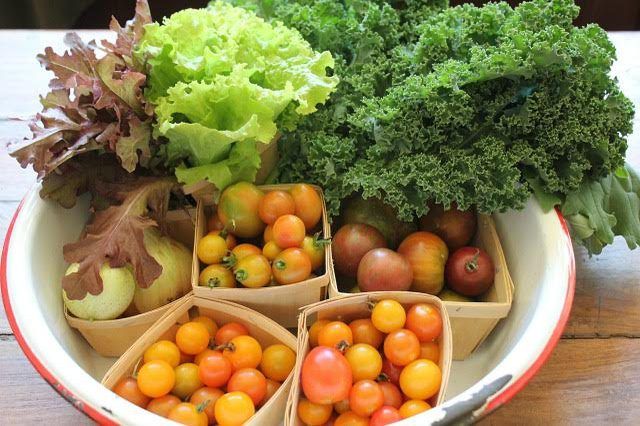
Rule # 1: Grow What You LOVE to Eat
There is no sense planting a vegetable you or your family doesn't enjoy just because everyone else is. If you don't like okra, don't plant it. If tomatoes are your favorite, grow an additional row. Have fun and remember you can always share your harvest with friends and neighbors, as well as your local food pantry, or sell your extra produce.
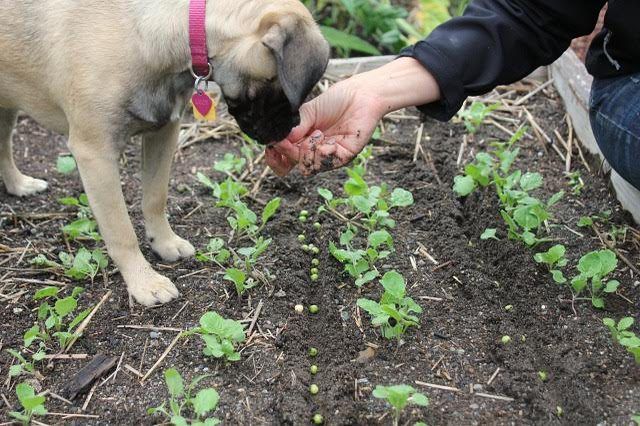
Rule #2: Succession Planting is Key
Any good vegetable gardener knows succession planting is where it's at. Succession planting is basically planting additional vegetables a couple of weeks apart for a continued harvest throughout the growing season.
8 Popular Vegetables to Grow in Summer Gardens
1. Winter Squash (Botanical Name: Cucurbita maxima)

Squash plants are fairly easy to grow, but they do need a lot of sunlight and well-drained soil for best results. Harvest times depend on what variety of winter squash you are growing but are generally 90-110 days from seed to harvest. If you live in an area with short summers, consider buying winter squash starts at your local nursery. Harvest winter squash before your first fall frost (in most areas this is mid- to late-October) and before the nighttime temperatures drop below 33 degrees. Leave at least 2" of the stem intact or the squash will rot in a matter of weeks.
2. Bush Beans (Botanical Name: Phaseolus vulgaris)
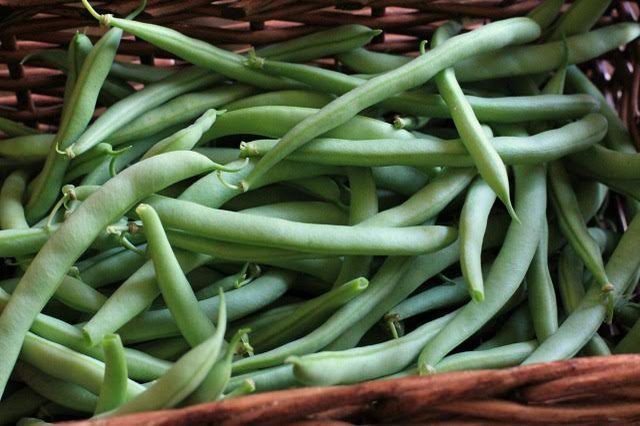
Green beans taste significantly better fresh out of the garden than they do when you buy them from the grocery store. Snap beans are easy to grow, and will grow in average soil. This simple vegetable is so easy to grow that it's a staple in children's gardens. Depending on the variety, beans should be ready to harvest in 50-60 days.
3. Tomatoes (Botanical Name: Lycopersicon lycopersicum
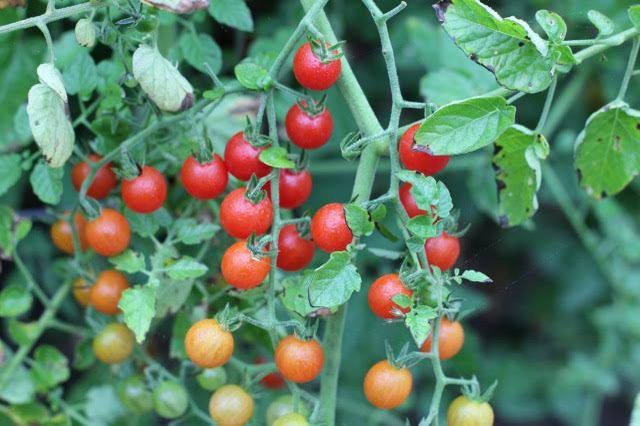
Did you know a tomato is technically a fruit? Yep, it's true. Tomatoes can pretty much be planted anywhere that has good soil and once the soil temperatures reach at least 60 degrees. Depending on which variety you choose, tomatoes should be ready to harvest in 60-80 days from transplanting outside.
4. Corn (Botanical Name: Zea-mays)
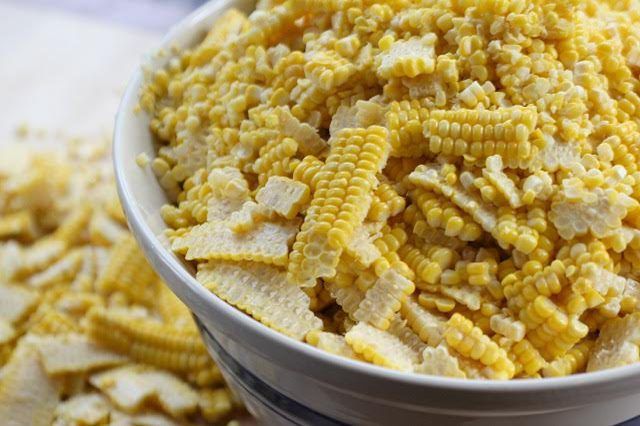
Corn is one of the most widely grown crops in the world and is a grain, not a vegetable. Corn is a staple food in most parts of the world and is fairly easy to grow if you have the room. Because there are so many varieties corn can be ready to harvest in as little as 60 days or as long as 100 days from seed to harvest.
5. Cucumbers (Botanical Name: Cucumis sativus)
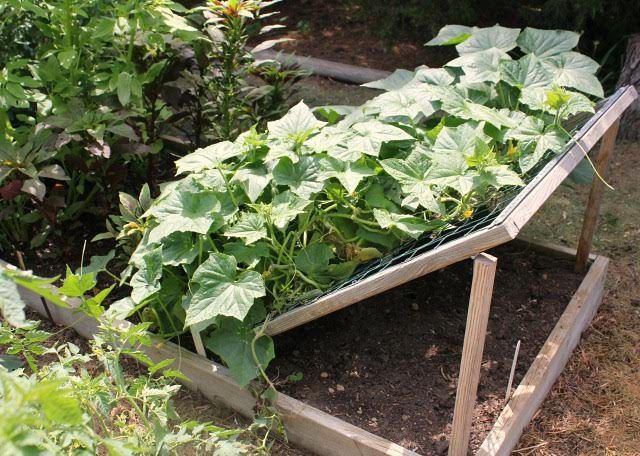
Cucumbers prefer full sun and rich garden soil. Plant when outside temperatures reach at least 70 degrees for best results. Cucumbers spread like mad so if you are short on space, grow cucumbers on a trellis. Most cucumbers are ready 55-70 days after planting.
6. Zucchini (Botanical Name Cucurbita pepo)
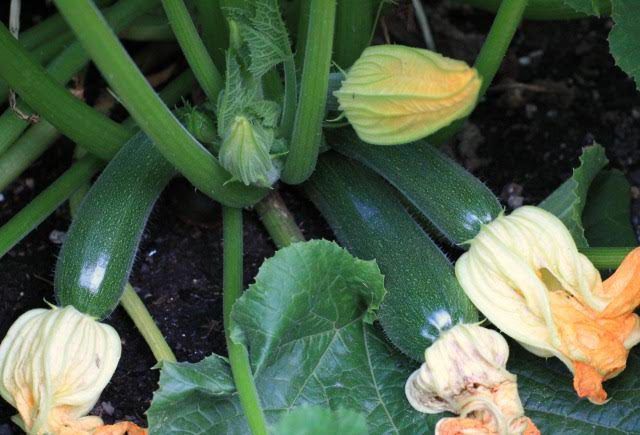
Zucchini is a summer squash and it can be extremely prolific. Plant zucchini outside in well drained soil when soil temperatures are above 60 degrees for best results. Frequent harvesting will encourage new growth. Zucchini is typical ready to harvest between 50-55 days after planting.
7. Eggplant (Botanical Name: Solanum melongena)
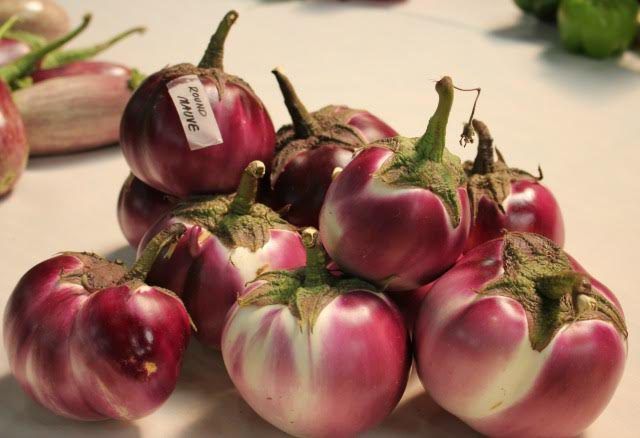
Eggplant requires a very warm climate and well drained soil to grow well so if your summers are mild, you'll want to skip growing this vegetable. BUT, if you are lucky to live in warm climate, go for it. Eggplants are gorgeous, and incredibly tasty and easy to grow. Eggplant is ready to harvest 70-75 days after planting when it's about 6" long and the skin is shiny.
8. Peppers (Botanical Name: Capsicum annuum)
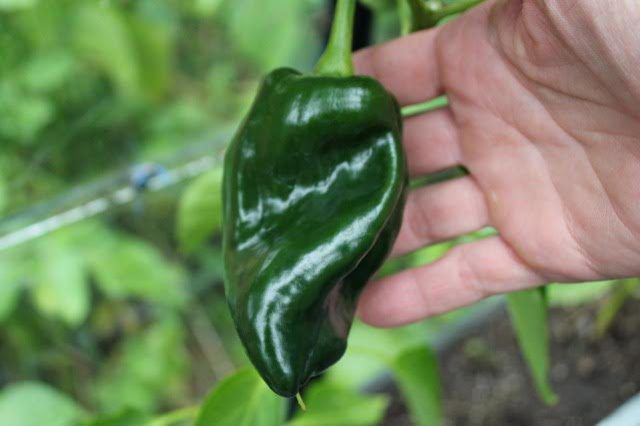
Perfect for eating raw or hot off the grill, peppers range from mild to hot, depending on the variety you choose to grow. Peppers need a lot of sunshine to grow, so plant them in well-drained soil once the temperatures reach 70 degrees. Peppers are ready to harvest approximately 75 days after transplanting them into your garden.
More Tips to Get Your Summer Vegetable Garden Started
How to Mix Soil for a Vegetable Container Garden
Container Vegetable Gardening for Beginners
How to Build a Raised Bed Garden
How to Plant a Raised Bed Vegetable Garden